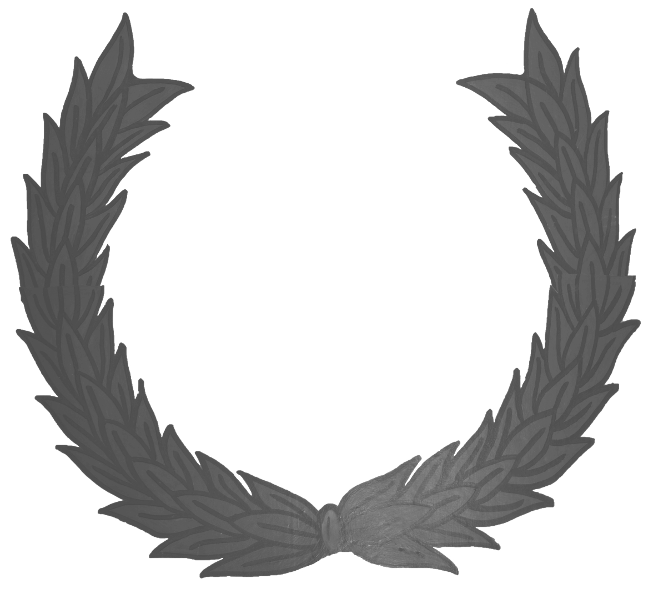Our concept
For the presentation of Roman life it is necessary to concentrate on a clearly defined time period. The amount of archaeological findings may be the most obvious reason for choosing a limited period of time. Regarding the equipment, the I. ROEMERCOHORTE OPLADEN e. V. focusses on the second half of the first century AD. This is mainly the time starting with the entering upon office of Emporer Nero (54 - 68 AD), followed by the Flavian Emporers Vespasian (69 - 79 AD), Titus (79 - 81 AD) and Domitian (81 - 96 AD), and ending with Nerva (96 - 98 AD) and the early years of Traian (98 - 117 AD).
This period is prescribed especially by concentraiting our presentation on the units Legio VI Victrix and Cohors VI Asturum of the province Germania inferior. A special fixed point of time for our group is the emporership of Titus Flavius Vespasianus (69 - 79 AD). Most of our reconstructed and presented equipment might have been in existence at this time.
Military
Even centuries after its fall, the roman army is still very often used as a topic in hollywood movies, historical novels and documentaries. It stayed so interesting for us today, because the roman army was the most advanced and best equipped army of its time and had to perform a wide and complex range of military and civilian tasks. There is a huge amount of archaeological evidences and historical sources, so we are able to reconstruct roman military equipment from the smallest nail from a sole of a caliga up to the big and complex siege engines. Reconstructions can be made as detailed as it is needed for using them practically and so they allow us to bring much activities of the everyday military duty back to life.
The I. ROEMERCOHORTE OPLADEN e. V. accepts this enjoyable challange and tries to meet it. The focus of the activites is not set on spectacular sceneries with a mass of soldiers envolved in a fight, but rather on the impartiation of as much exciting and vivid details of a soldiers life as possible. Those details should help to see and understand a roman soldier as part of a sophisticated army and to get the context of his environment.
Civilian
Beside bacchanal orgies of the upper classes and bloody baiting with wild animals in the amphitheaters, the roman society consists mainly of a multitude of traders, craftsmen, workers, magistrates, priests, house wifes and children. This roman civilisation with its way of life and intellectual sphere was tranfered to the roman provinces shortly after their military conquest. The civilisation was mixed with local cultures and left its marks all over the world. These marks are still visible today as temples, aquaeducts, roads, tombstones, cities, harbours and uncounted archaeological findings from simple hairpins up to magnificent glass cups.
The I. ROEMERCOHORTE OPLADEN e.V. aims to present a small piece of this world by its civilian camp. Soldiers can find an alternative to their everyday provisions at the taverns and cookshops located here and can try to sell their loot to the traders. Thus the camp mixes the functions of civilian camp followers with insights into the world of living and working in the big cities of the provinces. This brings ancient crafting skills back to life, allows the smell and taste of roman meals to spread and gives the blaze of colour of clothing and cosmetics space to shine.






